EAR RECONSTRUCTION
The ear is a beautifully detailed and sculpted appendage and can be very difficult to reconstruct. A polymer implant (such as Medpor) or rib cartilage can be used to re-create the structural frame of the ear. Each offers unique advantages and disadvantages but both offer good aesthetic outcomes. Both are typically covered by insurance.
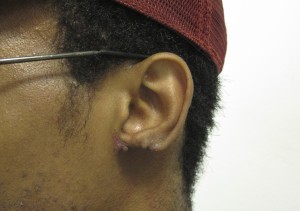
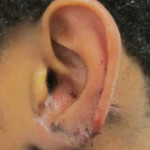
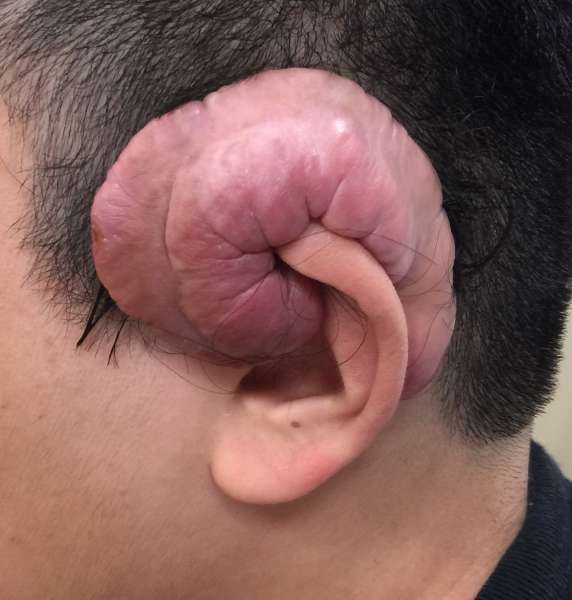
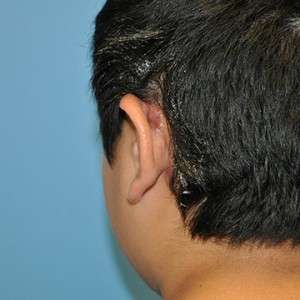
Medpor Ear Reconstruction
Medpor is a polymer implant that is porous allowing tissue ingrowth within its structure. It has been used in ear reconstruction for over 25 years and can provide consistently good aesthetic outcomes. The Medpor implant offers the ability to perform a 3D ear reconstruction in a one stage procedure (one operation). The medpor is covered by a TPF flap from underneath the scalp as well as skin grafts from the opposite ear and the thigh area. Dr. Bastidas can do this using a minimal access technique with less visible scar.
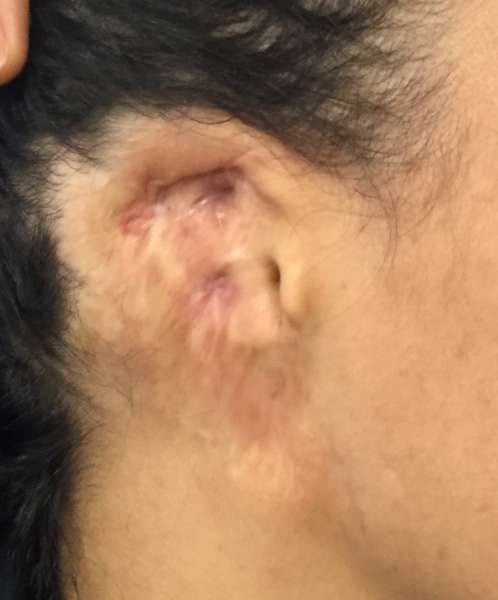
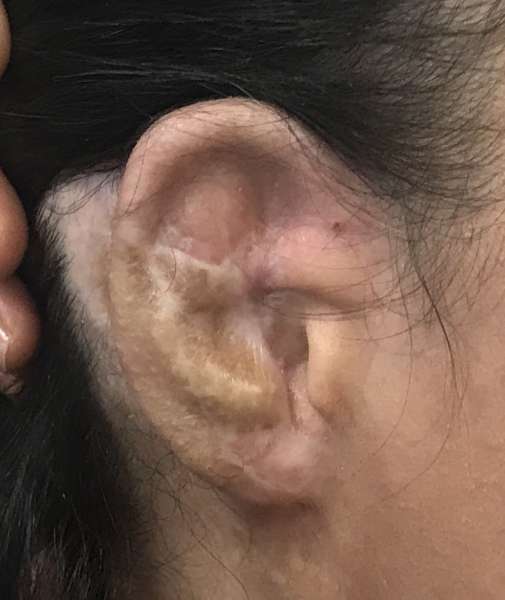
Rib Reconstruction
This reconstruction is usually postponed until a minimum age of eight to allow for growth of the rib cage. During the first stage (operation) a new ear framework is sculpted from the cartilages of the rib cage and buried underneath the skin where the new ear is to be created. One to two days in the hospital is required for monitoring and pain control. Drains may be placed to help prevent fluid from accumulating under the graft and also to create a suction vacuum. Approximately four to six months later (during a second operation) the “new ear” is elevated from underneath the skin and skin grafted to create a 3D ear projecting away from the head.
The benefits of using rib cartilage is that is may be more resistant to infection and injury since we are using your own tissue to make the new ear and not an implant. Sometimes it is difficult to see all the intricate details of the reconstruction due to persistent swelling in contrast to the medpor ear reconstruction.
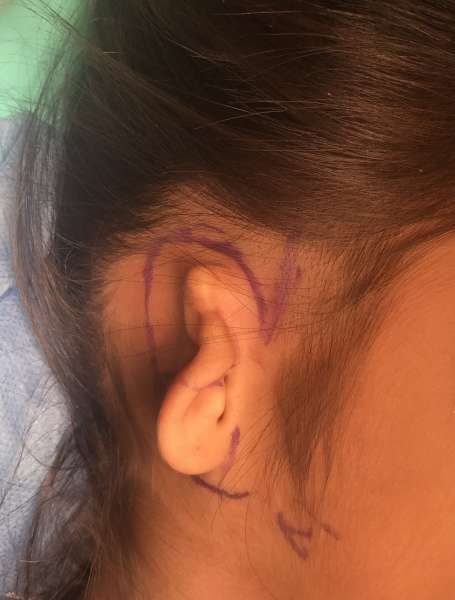
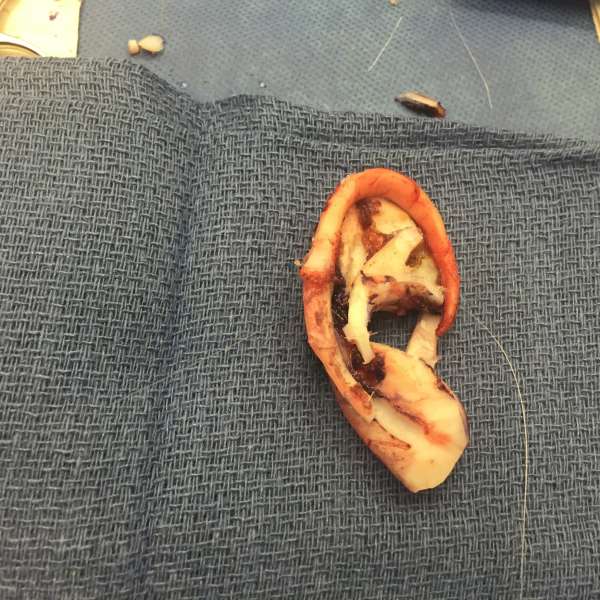
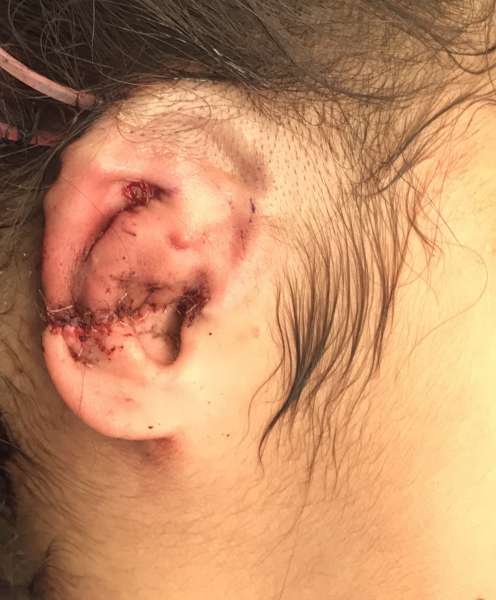
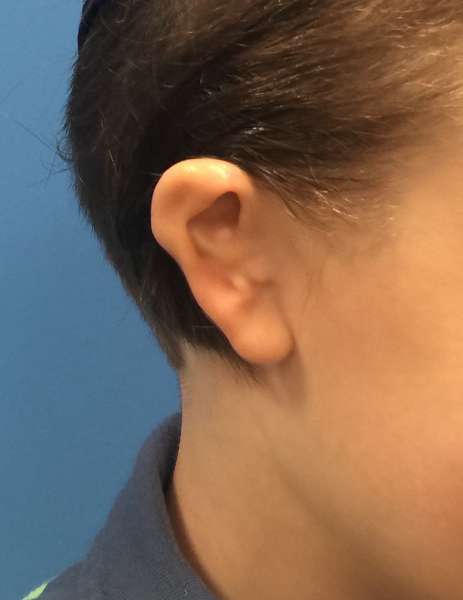
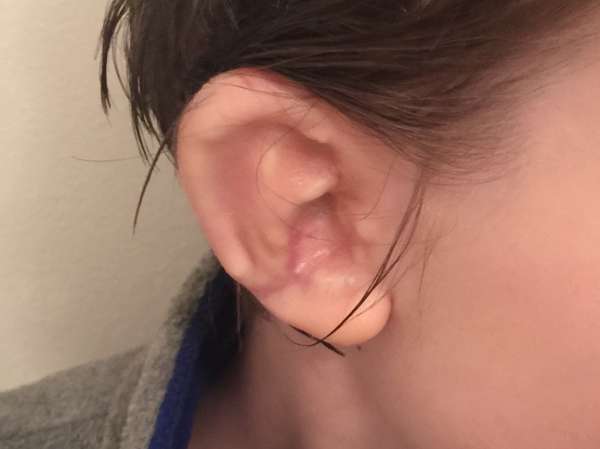
Ear Prosthesis
Alternatively, prosthetics are also available. The disadvantage is they are prone to fall off and degrade requiring expensive replacements. The cartilage-sculpted ear is the preferred “permanent” reconstruction recommended by most craniofacial surgeons and are more resistant to trauma and infection than synthetic ears.
Macrotia
Macrotia, or large ears, can be a source of self-consciousness for many adults and children. The lobules (lower part of the ear) can be particularly elongated, especially due to years of heavy jewelry. The cartilage of the upper ear can be reduced with incisions hidden within the creases. Often this procedure can be performed under local anesthesia with minimal discomfort and a quick recovery.